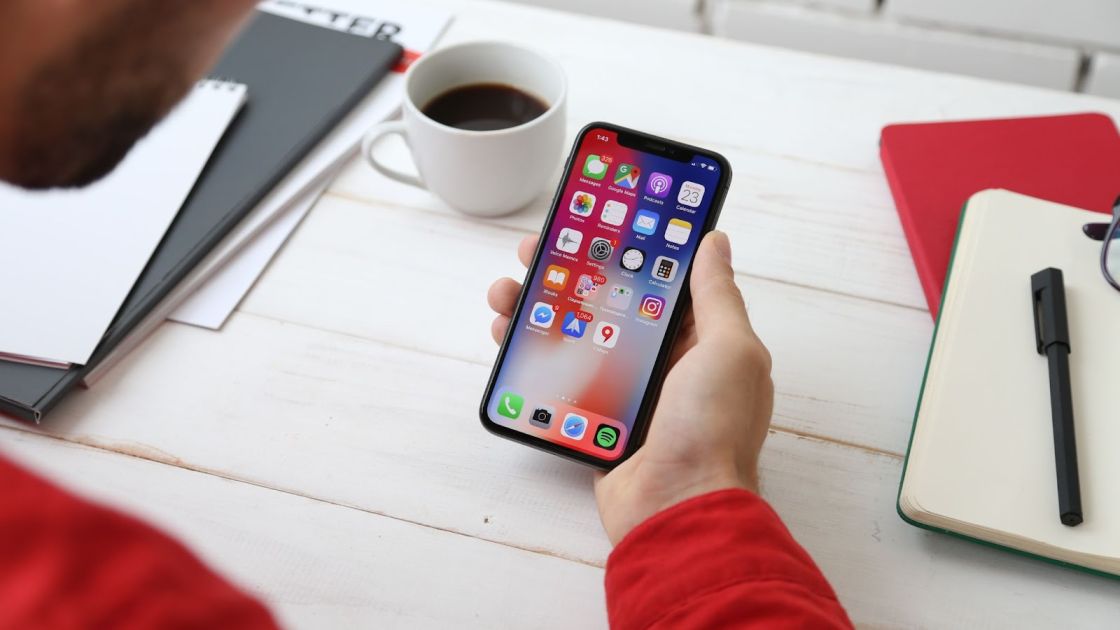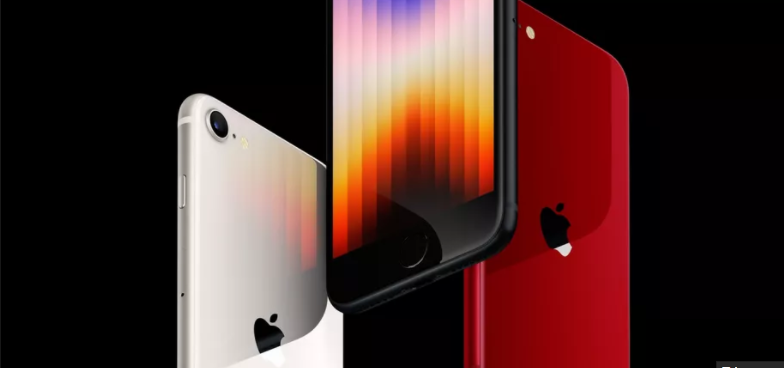
Image Source: Unsplash
You’ve designed your app well, polished it, and marketed it as much as you can. However, your analytics are showing dismal user engagement and retention — numbers you think don’t correspond to the quality of your application. If you’re confident you’ve made all the right decisions regarding your mobile app from its creation to its launch, then why is it underperforming? You may need to increase mobile app engagement.
See, mobile app performance isn’t solely defined by its user interface, features, speed, and overall design. If your app fails to engage customers, then all the bells and whistles it offers will be for naught. Engaging your customers means giving them a pleasant user experience. You want them to enjoy using the app and keep coming back to it. To drive mobile app engagement, you need to employ strategies that work with your app, but before you start brainstorming, you first need to learn the metrics and KPIs you’ll be working with.
Metrics and KPIs of mobile app engagement
- Active users – arguably the most important metric for app developers; this metric helps you understand how effective or useful your app is by identifying how many users return to your app. This can be measured daily or monthly.
- Retention rate – this metric tells you what percentage of users return to your app. It lets you see how many users you’re letting go. It’s usually calculated by dividing an app’s monthly active users by monthly installs. However, it may make more sense for other apps to measure a different metric other than installs.
- Churn rate – this metric identifies how many users you have lost (by percentage).
- Session length – this metric shows you how much time each user spends in your app every time they open it. It serves as a reliable indicator of app engagement since time spent in the app shows how valuable the app is to the user.
Use push notifications wisely
Many apps use push notifications as a primary way of engaging users, and many of them do it the wrong way. Most of the time, push notifications get sent to users at the worst times, such as in the user’s first time opening the app, resulting in most of them getting annoyed and opting out of it. If you want users to opt-in for your app’s push notifications, you want to follow these practices:
- Create an excellent first impression – You want your app’s landing page to clearly present relevant information about its functions, features, and how it will use push notifications. Through this, you give your users a good understanding of how the app works, thereby helping them decide whether opting in for push notifications will benefit them.
- Nail the perfect timing – Relating to the previous technique, bombarding your users with requests for push notifications is a bad first impression. You don’t want to ask them to opt-in for push notifications when they know so little about your application. Let them learn more about the app
- by giving them clear information and letting them use it first.
- Personalize push notifications – the best way to make users hate your push notifications is by filling their devices with useless ones. Users dread getting a deluge of useless notifications, but if your app pushes notifications that are personalized, targeted, and sent at the right time, it will improve user experience and decrease the likelihood of users opting out of push notifications.
Simplify social sharing
Social sharing is one of the many ways an app generates more engagement as it provides exposure for your app. Users don’t share stuff from your app out of nowhere, but when they have something they want to share to their Facebook or Twitter accounts, such as game high scores, fitness milestones, or any content worth sharing, you want to make the process of doing so as convenient as possible. However, you don’t want social sharing to be an intrusive aspect of your app, only offer the option when it makes sense, or even better, just make the option to do so easy to access. When users share content from your app with no hassle, it helps them develop a positive relationship with the app.
Maximize the use of deep linking
Deep links are a type of link that directs users straight to your app instead of your website’s home page. They are a great way of saving users time in finding your app, enhancing the user experience. But how do you get the most out of deep links?
In mobile apps, deep linking works a bit differently. Instead of sending users to your app, it’s meant to send them to a specific screen within. Deep linking for mobile apps is done through mobile ads, push notifications, and in-app messages. This is another reason why personalizing push notifications matters a lot. When done correctly, deep linking drives app engagement by saving users’ time, presenting them the right content with excellent timing, and making navigating the app almost effortless.
Invest in re-engaging users
Instead of focusing your strategies on driving app engagement from new users, you should also direct some of your efforts into wooing back users you’ve spent plenty of resources on acquiring. One mistake most apps make is neglecting the users they’ve acquired, leading to a drop in retention rate and engagement. If onboarding more users appears to be difficult, re-engaging users is a strategy that can work wonders in boosting mobile app engagement.
In summary
Mobile app performance isn’t dictated by the app building process alone. If you want your app to perform to its full potential, you need to drive mobile app engagement using strategies such as the wise use of push notifications, simplification of social sharing, maximization of deep linking, and investment in re-engagement of users.
Author: Regi Publico





